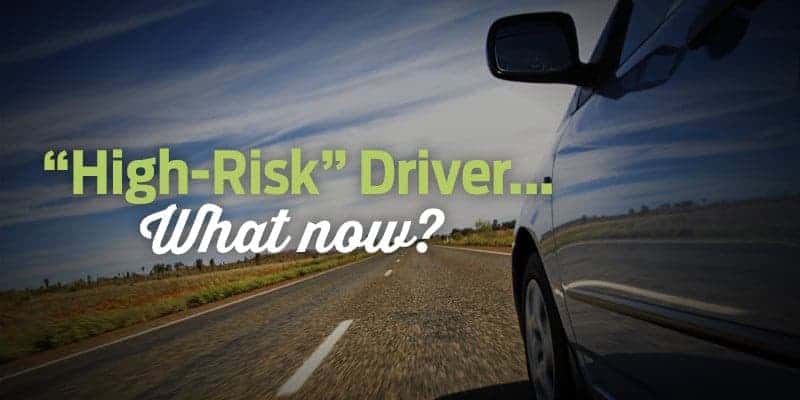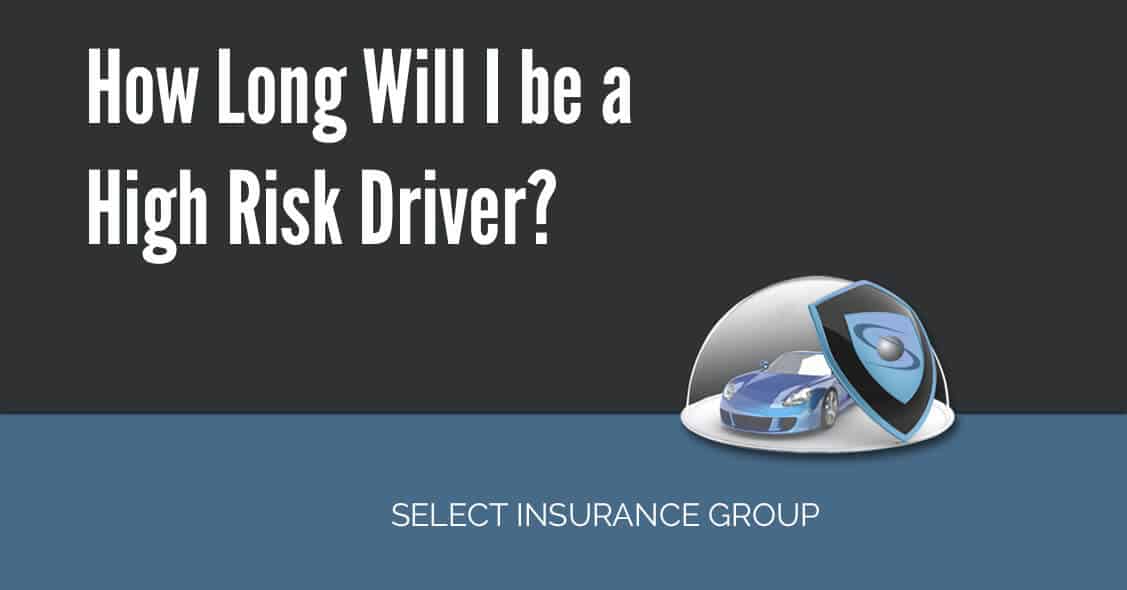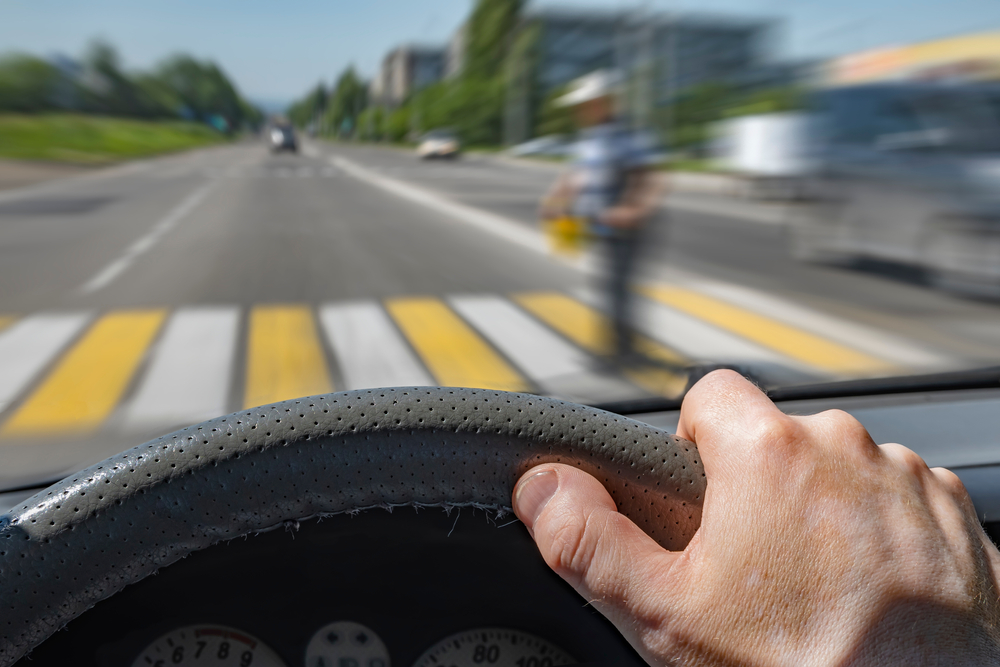What Is A High Risk Driver
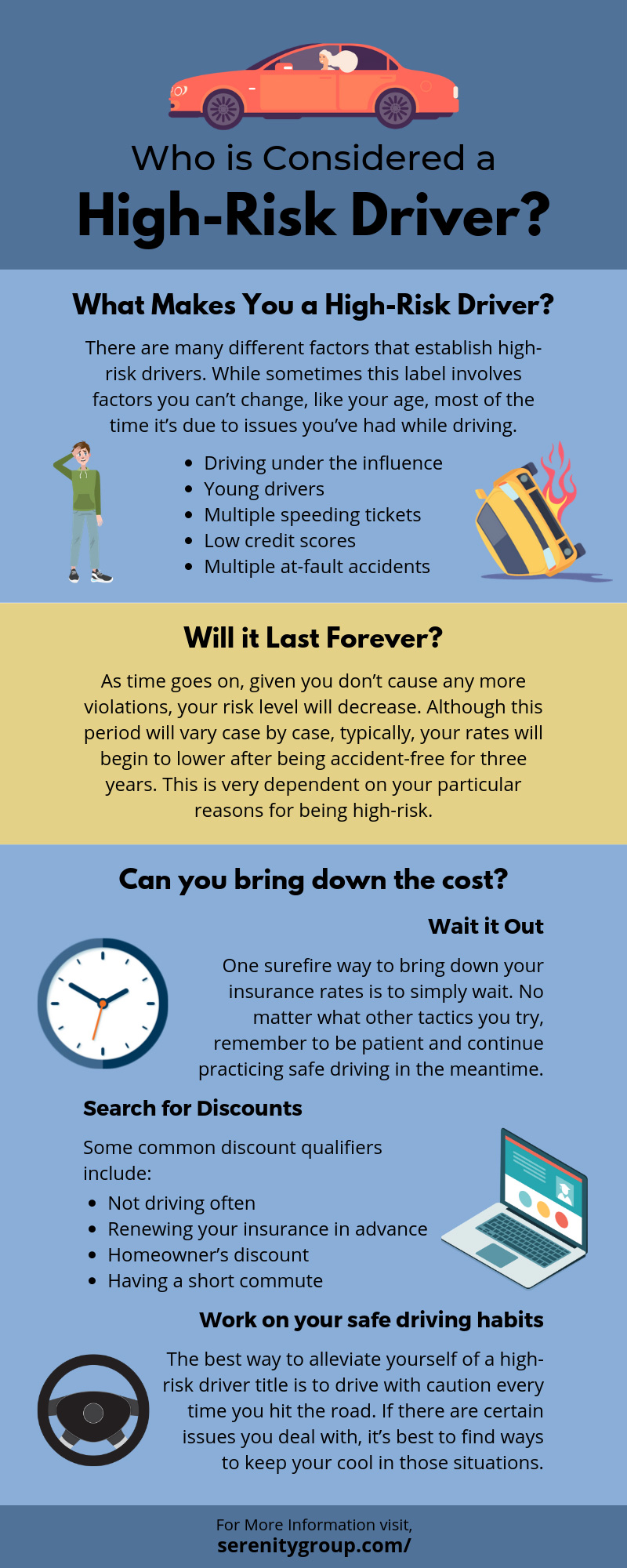
Imagine a highway stretching out before you, the sun glinting off the windshield, and the rhythmic hum of tires on asphalt. Most drivers experience this as a moment of relative calm, a journey guided by established rules and shared responsibility. But for some, this same stretch of road becomes a high-stakes gamble, a place where risk behaviors turn every mile into a potential hazard.
Understanding what constitutes a "high-risk driver" is crucial for both individual safety and the well-being of our communities. This isn't merely about reckless speeding or ignoring traffic lights. It's a complex interplay of factors ranging from driving history and behavioral patterns to the very vehicles we operate. Identifying and addressing these risks is paramount to creating safer roads for everyone.
Defining the High-Risk Driver
So, what exactly defines a high-risk driver? It's not a single characteristic, but rather a constellation of factors that elevate the probability of accidents and traffic violations. Think of it as a driving profile that leans heavily towards risky behaviors. These behaviors are often predictable and preventable.
The National Highway Traffic Safety Administration (NHTSA), a key source of traffic safety data in the United States, emphasizes that high-risk driving encompasses more than just breaking the law. It includes patterns of behavior that consistently increase the likelihood of a collision.
Key Characteristics
Several telltale signs can identify a high-risk driver. These indicators often coalesce, creating a compounding effect that significantly increases the chances of an accident. Recognizing these characteristics can be the first step in promoting safer driving habits.
Speeding is one of the most obvious and pervasive examples. Studies consistently show a strong correlation between speeding and accident severity. It reduces reaction time and increases stopping distance, making it harder to avoid collisions.
Aggressive driving behaviors, such as tailgating, weaving through traffic, and running red lights, also contribute significantly to risk. These actions often stem from impatience and a disregard for the safety of others. It creates a tense and unpredictable environment on the road.
Driving under the influence (DUI) of alcohol or drugs is, without question, a major risk factor. Impairment affects judgment, coordination, and reaction time. It has devastating consequences for everyone involved.
Distracted driving, often caused by mobile phone use, is becoming increasingly prevalent. Taking your eyes off the road, even for a few seconds, can have catastrophic results. The constant ping of notifications makes it hard to stay focused on the primary task of driving.
A history of previous traffic violations or accidents is a strong predictor of future incidents. Past behavior often repeats itself, especially if the underlying causes are not addressed. It underscores the importance of intervention and driver education programs.
Demographic Considerations
While risky driving behavior can affect anyone, certain demographic groups are statistically more likely to engage in it. This isn't about assigning blame, but rather understanding the societal factors that contribute to increased risk. Awareness is key to targeted interventions.
Younger drivers, particularly those aged 16-24, are overrepresented in accident statistics. This is often due to inexperience, a tendency towards risk-taking, and peer pressure. It highlights the need for comprehensive driver education programs tailored to this age group.
Older drivers, on the other hand, may face challenges related to age-related cognitive decline and physical limitations. Reduced vision, slower reaction times, and impaired judgment can all contribute to accidents. Regular check-ups and adaptive driving strategies are crucial for maintaining safety.
The Significance of Identifying High-Risk Drivers
Identifying high-risk drivers isn't just about assigning labels or levying penalties. It's about protecting lives and preventing avoidable tragedies. The consequences of risky driving can be devastating, both for the individuals involved and for their families and communities.
From a societal perspective, high-risk driving places a significant burden on healthcare systems, emergency services, and the legal system. Accidents result in injuries, fatalities, and property damage, all of which have substantial economic costs. Proactive measures to reduce risky driving can alleviate these burdens and free up resources for other important priorities.
On a personal level, being identified as a high-risk driver can lead to increased insurance premiums, license suspension, and even criminal charges. More importantly, it can serve as a wake-up call, prompting individuals to re-evaluate their driving habits and take steps to improve their safety.
Strategies for Mitigation
Fortunately, there are many strategies for mitigating the risks associated with high-risk drivers. These strategies range from educational programs and stricter enforcement to technological advancements and changes in societal attitudes.
Driver education programs can play a crucial role in instilling safe driving habits and promoting responsible behavior. These programs should emphasize risk awareness, defensive driving techniques, and the consequences of risky actions. Ongoing training and refresher courses can help reinforce these messages and keep drivers up-to-date on the latest safety information.
Stricter enforcement of traffic laws is also essential. Increased police presence, automated speed cameras, and sobriety checkpoints can deter risky driving behavior and hold offenders accountable for their actions. Visible enforcement sends a clear message that unsafe driving will not be tolerated.
Technological advancements are offering new ways to mitigate the risks associated with high-risk driving. Features like automatic emergency braking, lane departure warning systems, and adaptive cruise control can help prevent accidents and reduce the severity of collisions. In-vehicle monitoring systems can also track driver behavior and provide feedback on areas for improvement.
Ultimately, changing societal attitudes towards risky driving is crucial. This requires a collective effort to promote a culture of safety and responsibility on the roads. Open conversations about the dangers of speeding, distracted driving, and impaired driving can help raise awareness and encourage people to make safer choices. It takes a village to keep our roads safe.
"Safe driving starts with you. It's about respecting the rules of the road, being aware of your surroundings, and putting the safety of yourself and others first,"a representative from a local DMV stated, emphasizing the importance of personal responsibility.
Looking Ahead
The challenge of addressing high-risk driving is ongoing, requiring continuous effort and adaptation. As technology evolves and societal norms shift, our strategies for promoting road safety must evolve as well. It's a constant pursuit of a safer and more responsible driving environment.
By embracing a multi-faceted approach that combines education, enforcement, technology, and cultural change, we can create a future where our roads are safer for everyone. Let's commit to making responsible driving a priority, not just for ourselves, but for the well-being of our communities.
As you drive, remember that you are not alone on the road. Your actions impact everyone around you. By embracing a mindful and responsible approach to driving, you can contribute to a safer and more enjoyable experience for all.
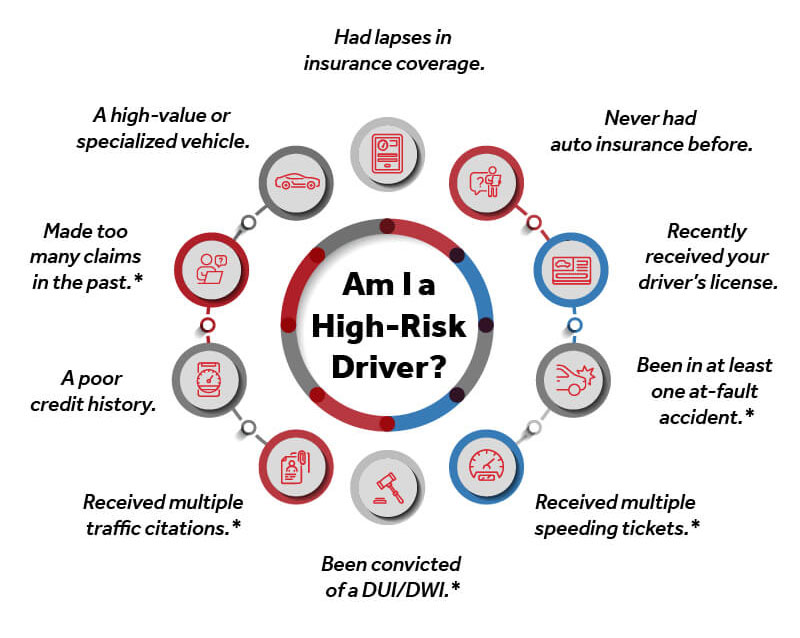
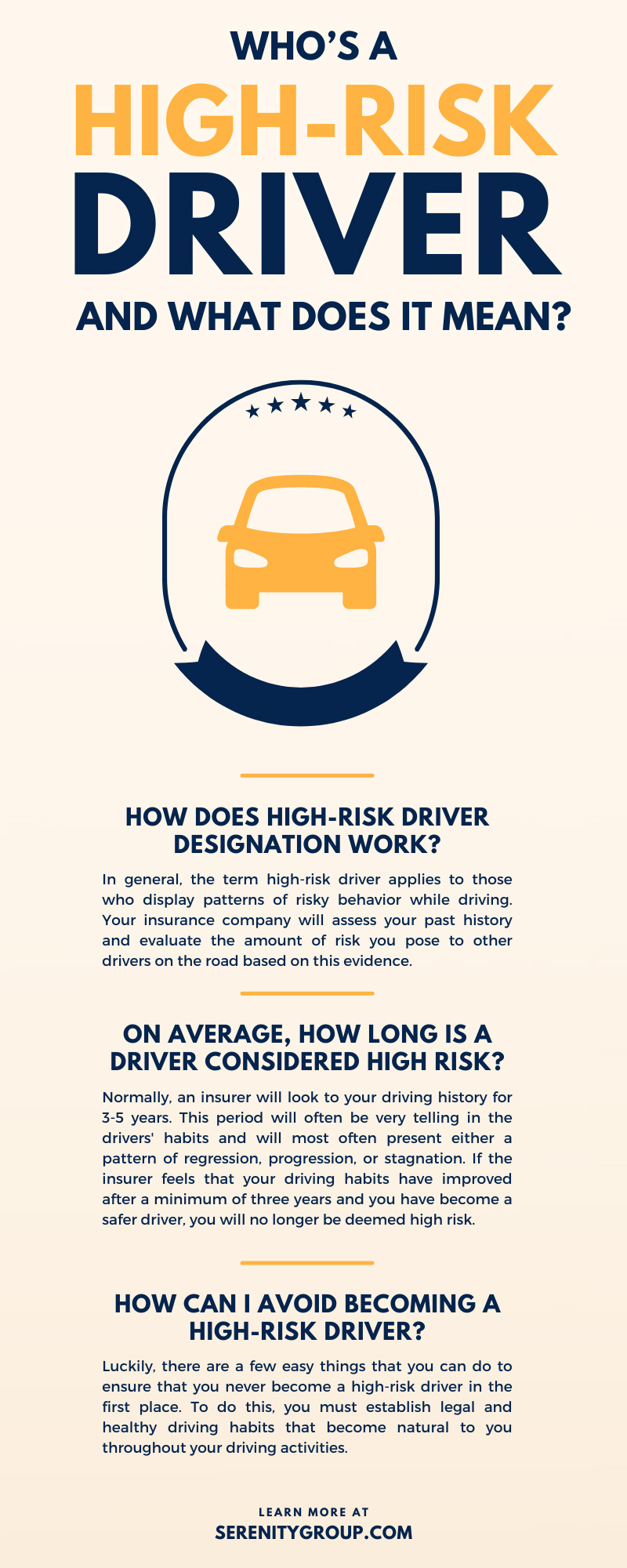
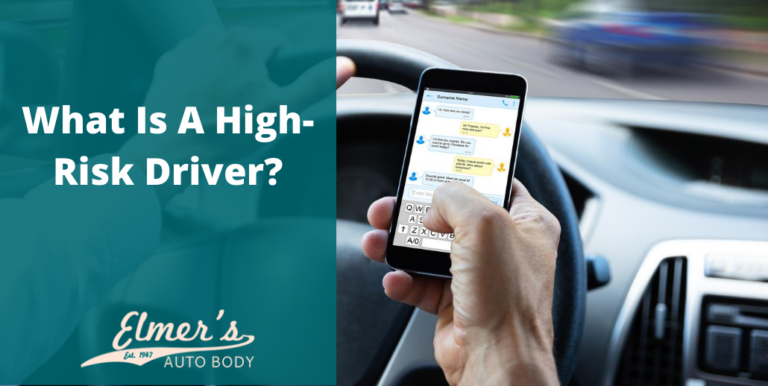
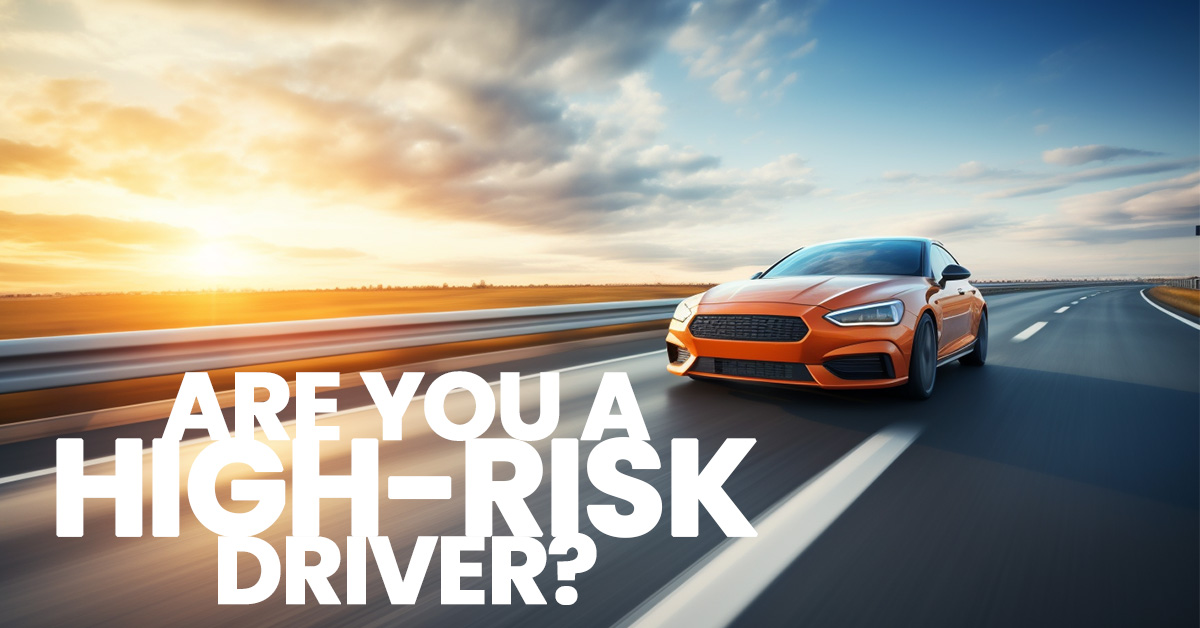
.jpg)
.jpg)

